If you play volleyball, you know how important it is to have a good pair of shoes that can support your feet and ankles, provide traction and stability, and allow you to move quickly and comfortably on the court. But what makes a good volleyball shoe? And how do you choose one that suits your needs and preferences?
In this blog post, I will share some tips and advice on how to pick a volleyball shoe that can improve your performance and prevent injuries.
The Anatomy of a Volleyball Shoe
A volleyball shoe is not just any ordinary sneaker. It has some specific features and design elements that make it different from other types of athletic shoes. Here are some of the main components of a volleyball shoe and what they do:
The upper:
This is the part of the shoe that covers your foot and provides breathability, comfort, and durability. The upper can be made of different materials, such as mesh, synthetic leather, or knit fabric.
Some uppers have a padded tongue and heel collar for extra cushioning and support. The upper should fit snugly but not too tightly around your foot, and allow some flexibility for your toes.
The midsole:
This is the part of the shoe that lies between the upper and the outsole and provides cushioning, shock absorption, and stability.
The midsole can be made of different materials, such as foam, gel, or air cushions. The midsole should be responsive and resilient, meaning that it can bounce back after each impact and not lose its shape over time.
The midsole should also support the arch of your foot and prevent excessive pronation or supination (rolling inward or outward of your foot).
The outsole:
This is the part of the shoe that touches the ground and provides traction, grip, and durability.
The outsole can be made of different materials, such as rubber, synthetic rubber, or carbon rubber.
The outsole should have a non-marking feature, meaning that it does not leave any marks or scuffs on the court surface.
The outsole should also have a good tread pattern that can grip different types of floors, such as wood, tile, or concrete.
How to Choose a Volleyball Shoe
Now that you know what makes a good volleyball shoe, how do you choose one that fits your needs and preferences? Here are some factors to consider when shopping for a volleyball shoe:
Your position:
Different volleyball positions require different skills and movements on the court.
For example, hitters need shoes that can absorb shock from jumping and landing, while liberos need shoes that can allow quick changes of direction and lateral movements.
Therefore, you should look for shoes that are tailored to your position and style of play.
For example, hitters may prefer shoes that have more cushioning in the forefoot area, while liberos may prefer shoes that have more stability features in the midfoot area.
You can find my shoe recommendation suitable for different volleyball positions here:
7 Best Volleyball Shoes for Hitters
5 Best Volleyball Shoes for Setters
Your size:
You should measure your feet before buying a volleyball shoe, as different brands may have different sizing standards.
You should also try on the shoes with socks that you would normally wear when playing volleyball.
The shoes should fit snugly but not too tightly around your feet, leaving some space for your toes to wiggle.
You should also check the heel-to-toe length and width of the shoes, as well as the arch height and shape.
Your budget:
Volleyball shoes can vary in price depending on the brand, quality, features, and design.
You should set a budget for yourself before buying a volleyball shoe, and look for options that offer good value for money.
You should also consider how often you play volleyball and how long you expect to use the shoes.
If you play frequently and competitively, you may want to invest in more durable and high-performance shoes.
If you play occasionally and casually, you may opt for more affordable and basic shoes.
Some Examples of Good Volleyball Shoes
To give you some ideas of what good volleyball shoes look like, here are some examples of popular and well-reviewed models from different brands:
ASICS GEL-Rocket 9:
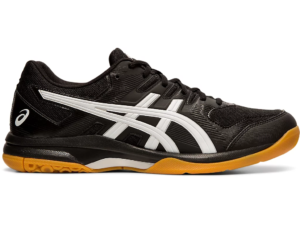
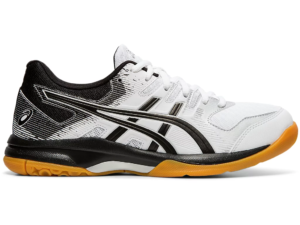
This is a versatile and lightweight shoe that offers excellent cushioning, stability, and durability.
It features a mesh upper for breathability, a Trusstic System in the midsole for support, a GEL cushioning system in the forefoot for shock absorption, and a NC Rubber outsole for traction.
This shoe is suitable for all-around players who want a comfortable and reliable shoe.
Mizuno Wave Lightning Z6:
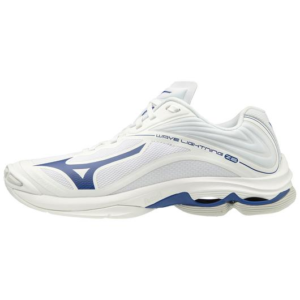
This is a sleek and stylish shoe that offers great responsiveness, agility, and comfort.
It features a 360° DynamotionFit upper for a snug and adaptive fit, Wave technology in the midsole for energy dispersion and stability, a Dura-Shield toe guard for protection, and a XG Rubber outsole for grip.
This shoe is suitable for fast and explosive players who want a dynamic and flexible shoe.
Adidas Crazyflight Bounce 3:
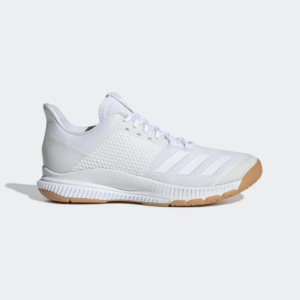
This is a fashionable and fun shoe that offers great bounce, cushioning, and support.
It features a knit mesh upper for breathability and durability, a Bounce midsole for energy return and comfort, a TPU reinforcement for stability, and a rubber outsole for traction.
This shoe is suitable for opposites who want a bouncy and supportive shoe.
Read our full set of review articles on the best volleyball shoes.
Conclusion
A good volleyball shoe can make a big difference in your performance and injury prevention on the court.
You should look for shoes that have good traction, cushioning, stability, and durability, as well as shoes that fit your position, size, budget, and style.
I hope this blog post has helped you understand what makes a good volleyball shoe and how to choose one that suits your needs and preferences.
Happy shopping and playing!

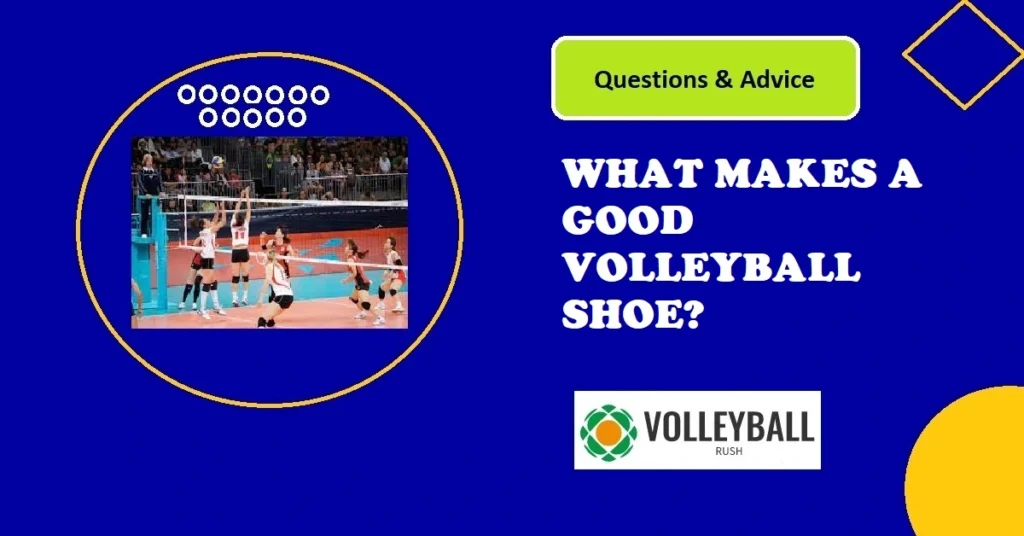
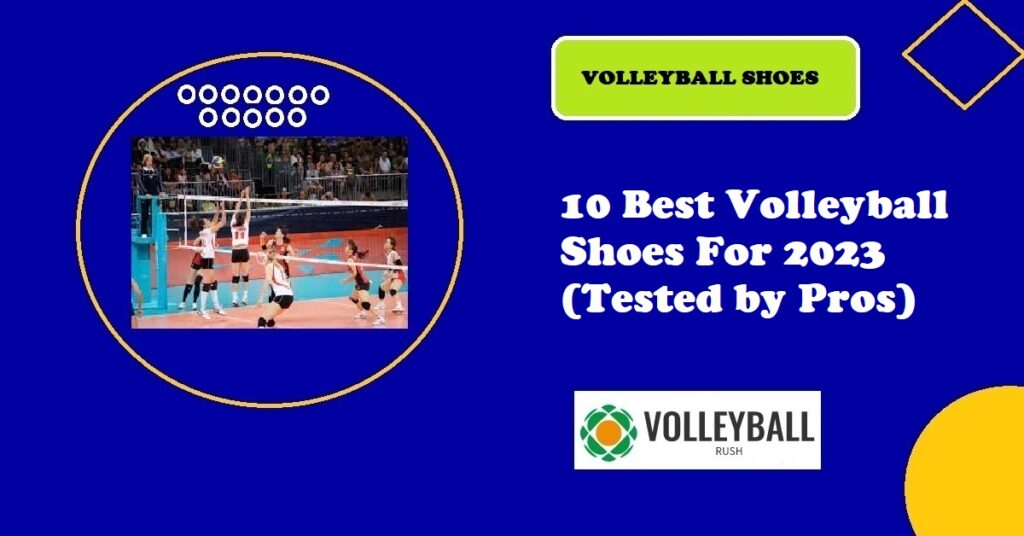
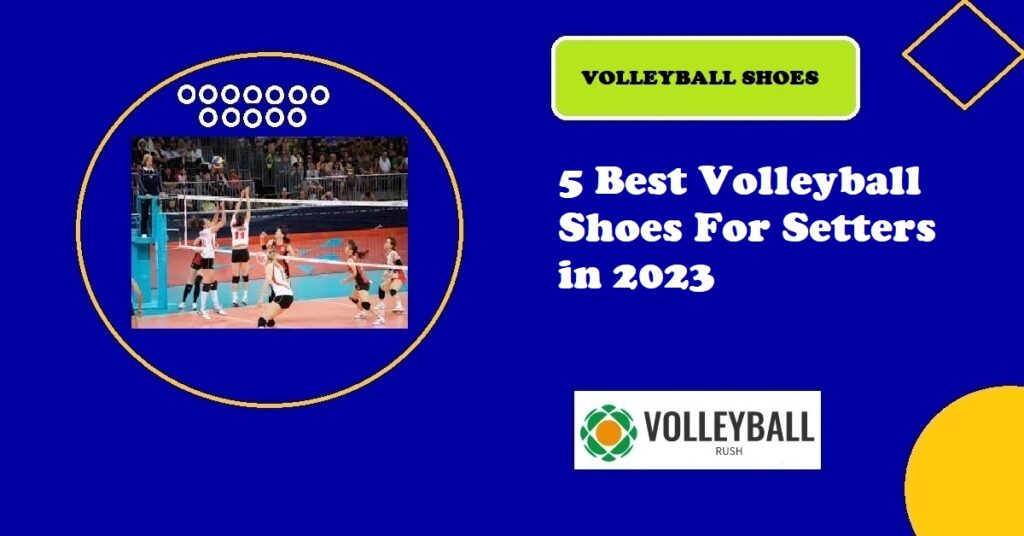
Pingback: Best Volleyball Shoes for Libero